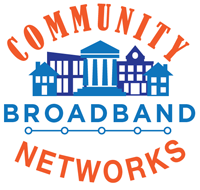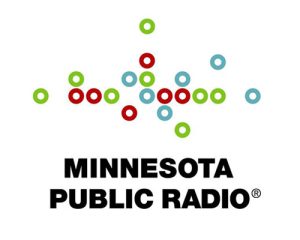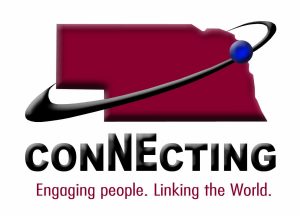All SNG Insights Topics

SNG Research Featured On Bloomberg TV
In a story about Maine’s lagging economy and Internet speeds – Bloomberg TV cited SNG’s ...

SNG Appears on Community Broadband Bits Podcast
Michael Curri chats with Chris Mitchell to discuss measuring broadband’s impacts and how to drive ...

SNG presents at the 2014 Broadband Communities Summit in Austin
Click below to download the presentation Michael Curri gave on April 7 in Austin as part of the 2014 Broadband ...

Nebraska’s Lt. Governor Releases Results of SNG Study
The Nebraska Broadband Initiative recently released the results of the study consulted by SNG among the ...

Report released: What’s the ROI on broadband?
If you were asked to give $1 and, in return, you would receive $10, would you do it? Before you opened up your ...

How much is broadband investment worth? A lot of bratwurst
It’’s become an article of faith that a rural community needs high-speed access to the Internet if ...

North Carolina Announces Next Phase in Long Standing Strategic Networks Group (SNG) Partnership
SNG Engaged to Measure Utilization and Help State Realize Broadband’s Economic Benefits (October 9, 2013) ...

Nebraska Selects SNG to Help Drive Broadband’s Benefits
SNG Engaged to Provide Local Businesses with Personalized, Data-based Roadmaps to Improve Efficiencies and ...

Kentucky Poised to Tackle Utilization
Strategic Networks Group has been partnering with the Commonwealth of Kentucky and Michael Baker Jr., Inc., ...
